Last updated on August 6th, 2025 at 12:51 pm


The Year They Tried Brand X.
Across the heart of ranch country — from the rugged country of Idaho and the grasslands of Oklahoma — a quiet pattern has repeated itself. Ranchers who had relied on Riomax® for years started to wonder: could they get the same results for less?
Each of these five cattlemen — Dain & Kent Rad (ID), Larry Morris (OK), Harold Gleason (OK), Brad Kavorik (NE), and Leslie & Jan Harrison (OK) — decided to find out. What they discovered was a shared truth: the “cheap” option often comes with the highest price tag.

Riding Out A Wyoming Winter: The Reinke Family Way
The wind cuts hard across the hills outside Sheridan, Wyoming. Snow drifts stack up along the fences, and the cattle bunch together in the draws, heads down against the cold.
For Dan Reinke, this country has been home for a long time. The Reinke family tends cattle the way most ranchers do — by the weather, the season, and the cows themselves. Dan Reinke and his son work side by side in a cow–calf and seed-stock partnership, carrying forward a way of life where every winter storm and every calf crop shapes the year ahead.
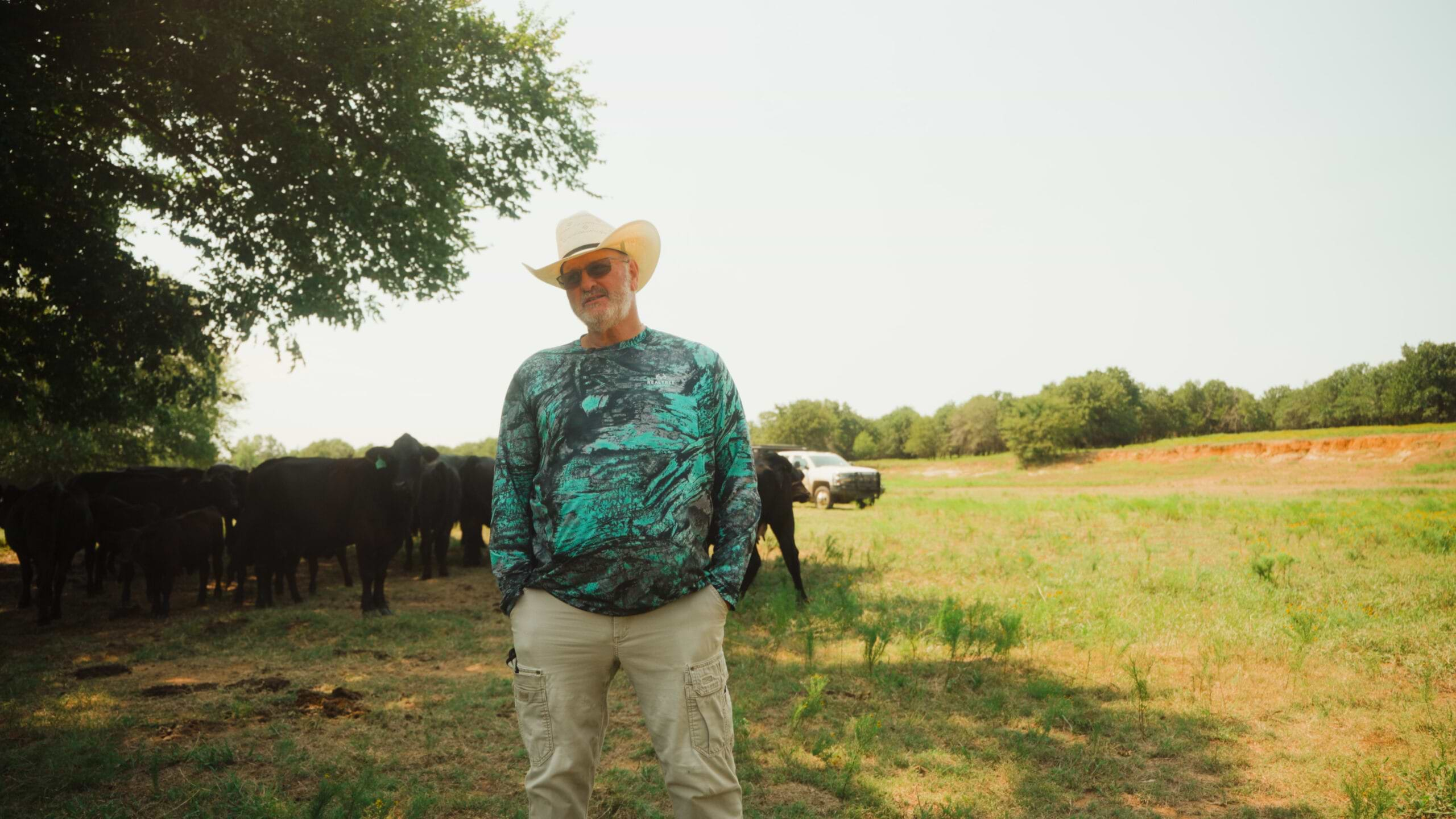
Lessons From the Homeplace: An Oklahoma Rancher’s Story
If you’re going to spend that much money, you’re darn sure going to take the time to learn enough to convince yourself that the investment is worth it. That was Dale Ferguson’s mindset at the beginning of the journey that led him to swallow hard and write a check for his first load of orange Riomax tubs. He’s glad he did. He only wishes he’d pulled the plug earlier.
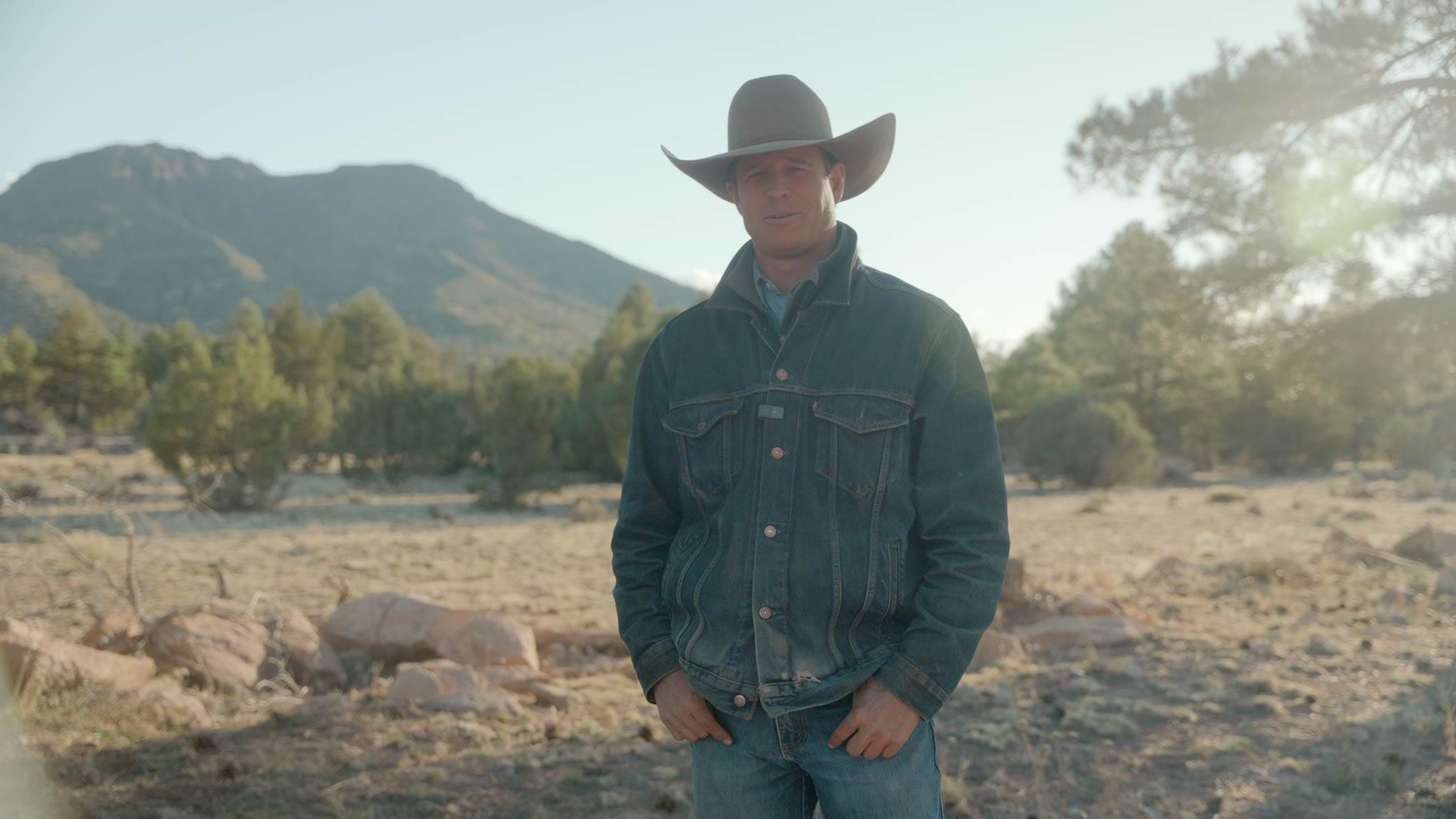
The O Ro Way: Hard Land, Hardy Cattle, Smart Management
Tucked away in the remote hills northwest of Prescott, Arizona, The O Ro Ranch isn’t your average cattle outfit. It’s rugged, it’s historic, and it’s run the way it always has been—on horseback, by folks who know the land, respect tradition, and aren’t afraid of hard work.
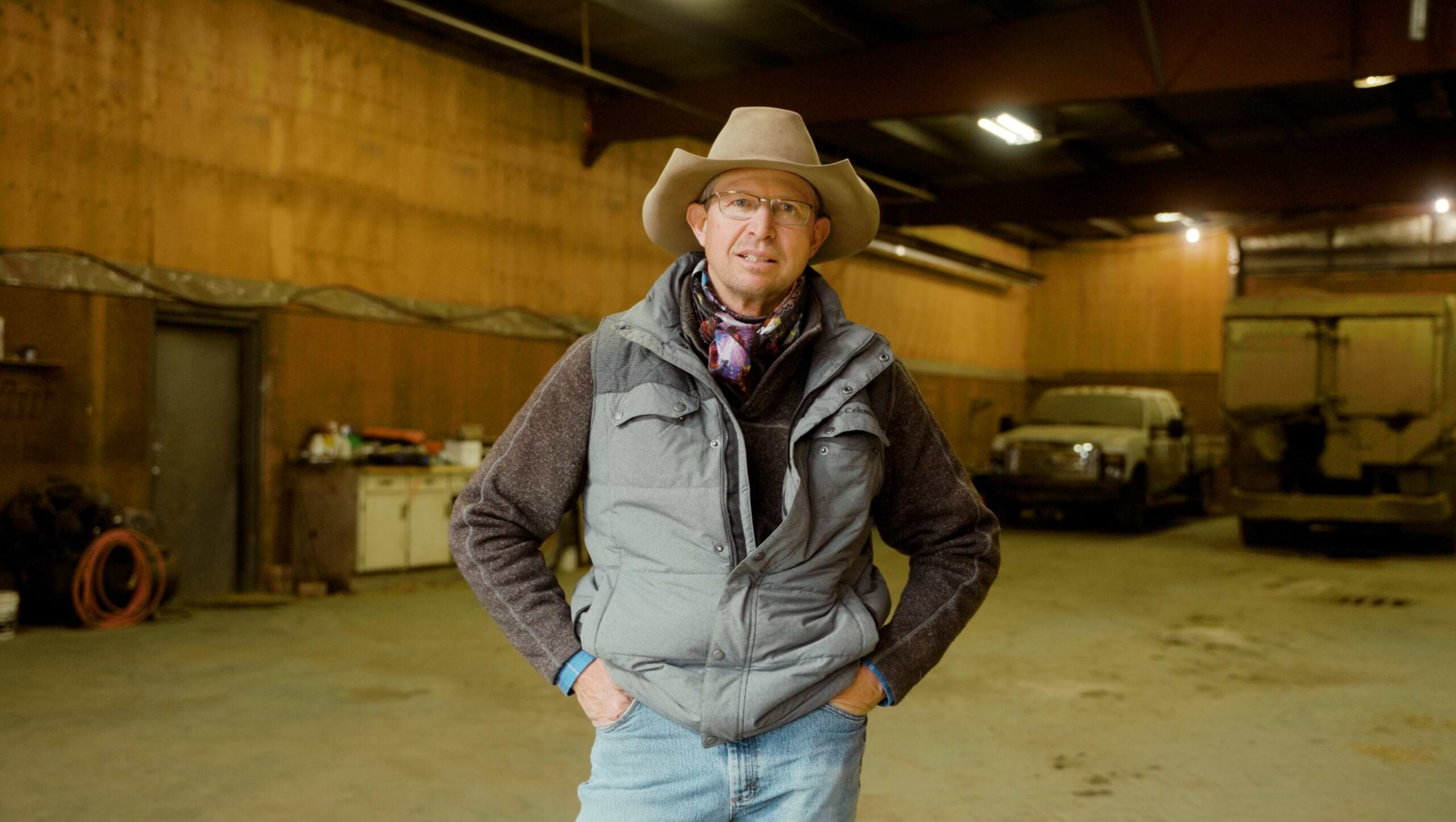
Reviving Old Cows & Ranching Traditions
Jason Picard isn’t just managing cattle under the open prairie skies of Saskatchewan—he’s trying to rebuild something meaningful. When he took over this ranch, the cattle he inherited weren’t in prime condition. Many were older, neglected, and even physically compromised.
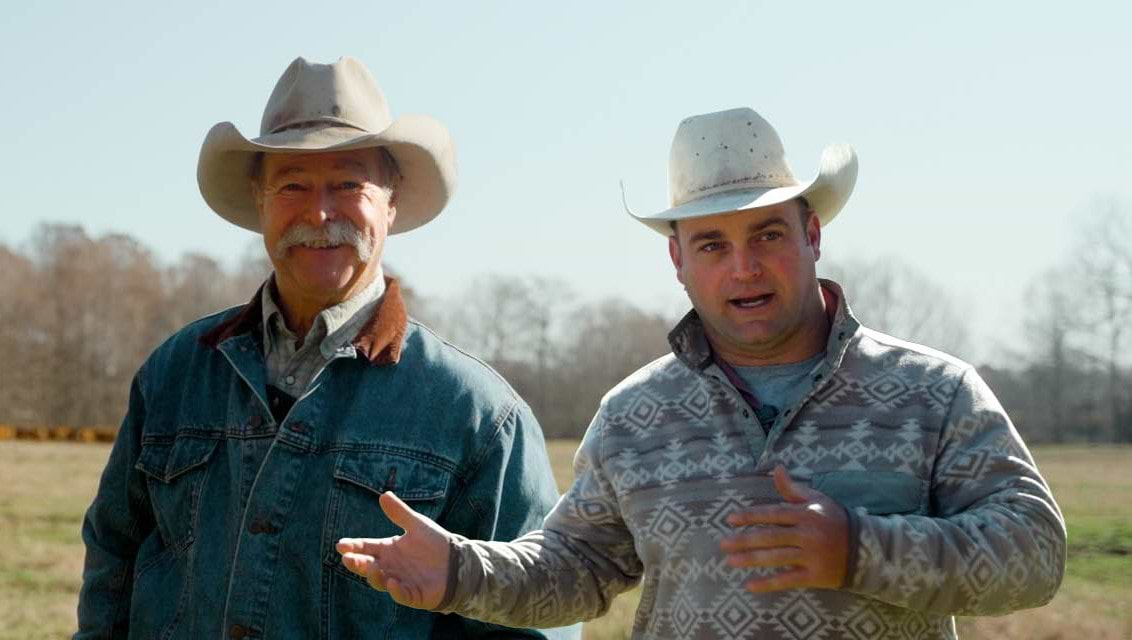
Tough Country, Tougher Cattle
East Texas has a way of testing ranchers. It looks like prime cattle country with its steady rainfall and thick grass, but underneath the surface, many ranchers know the truth: the land often promises more than it delivers. Bob Sanders has heard that sentiment his whole life. “My granddad used to say East Texas promises so much and delivers so little,” he recalls with a quiet grin. For years, he and his son Dustin ran cattle on these pastures and tried to make the most of it. But they kept hitting the same wall.
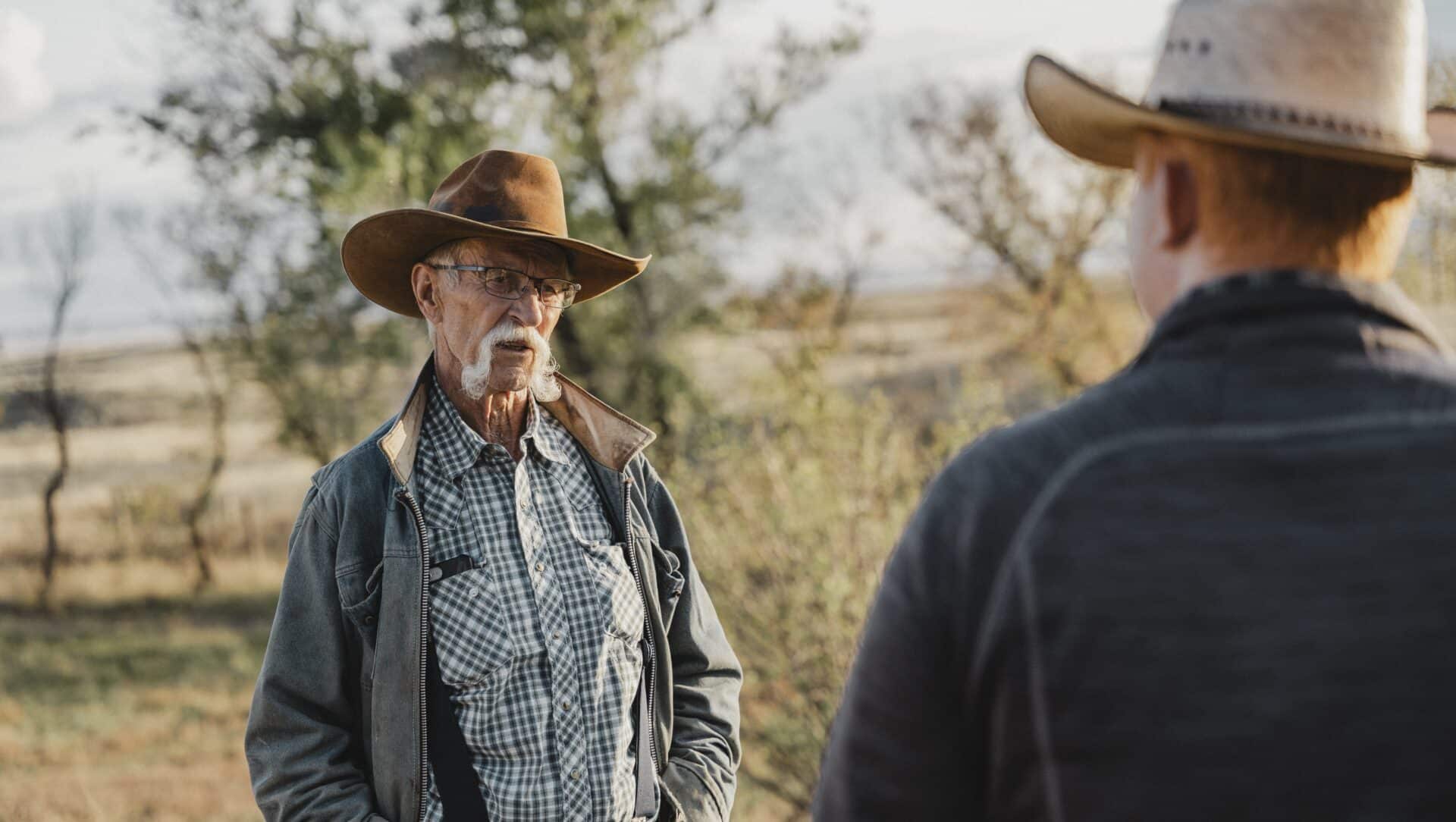
Keeping It Simple
Dave runs a traditional cow-calf operation in Saskatchewan, where the wind cuts deep in the winter and the summers run dry more often than not. He doesn’t run a big spread, and he doesn’t rely on a lot of machinery or hired help. His cows—roughly 140 head most years—graze native range and tame grass across the hills and meadows near his place. There’s not a lot of fancy equipment in the yard, and that’s just the way Dave likes it.
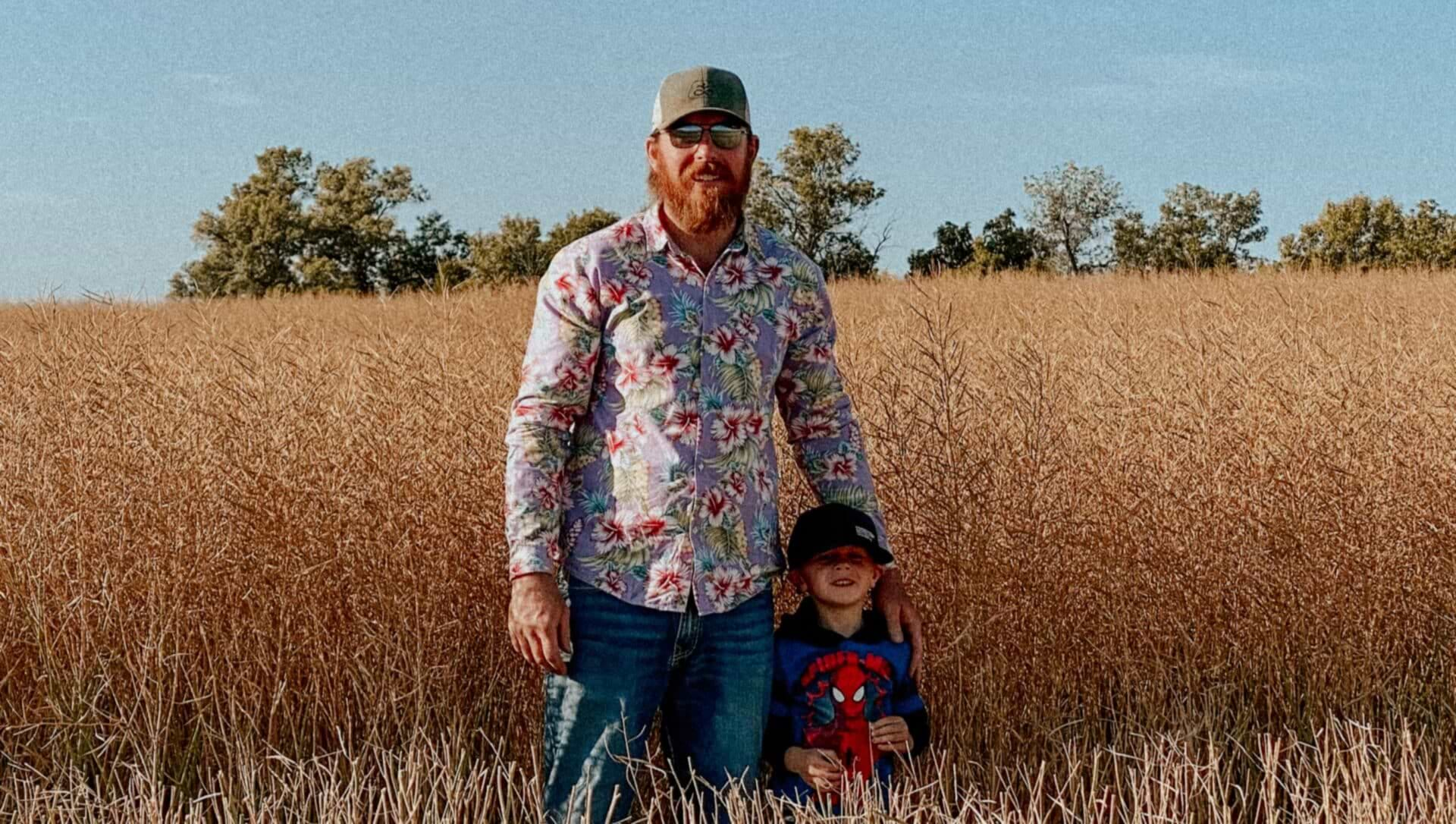
It’s a Family Affair
Six Creeks Farm, like many farms and ranches, is a family affair. And it takes a lot of family when the operation is spread across 4,500 acres of farmland and 50,000 acres of private and Bureau of Land Management (BLM) acres of southeast Montana prairie. “My grandpa, my dad and his two brothers bought the first place in 1982,” Hansen says, and they ran the outfit until about eight years ago, when Hansen and his wife Brandy, along with his parents Mike and Penny, and sister Megan, bought out the uncles.
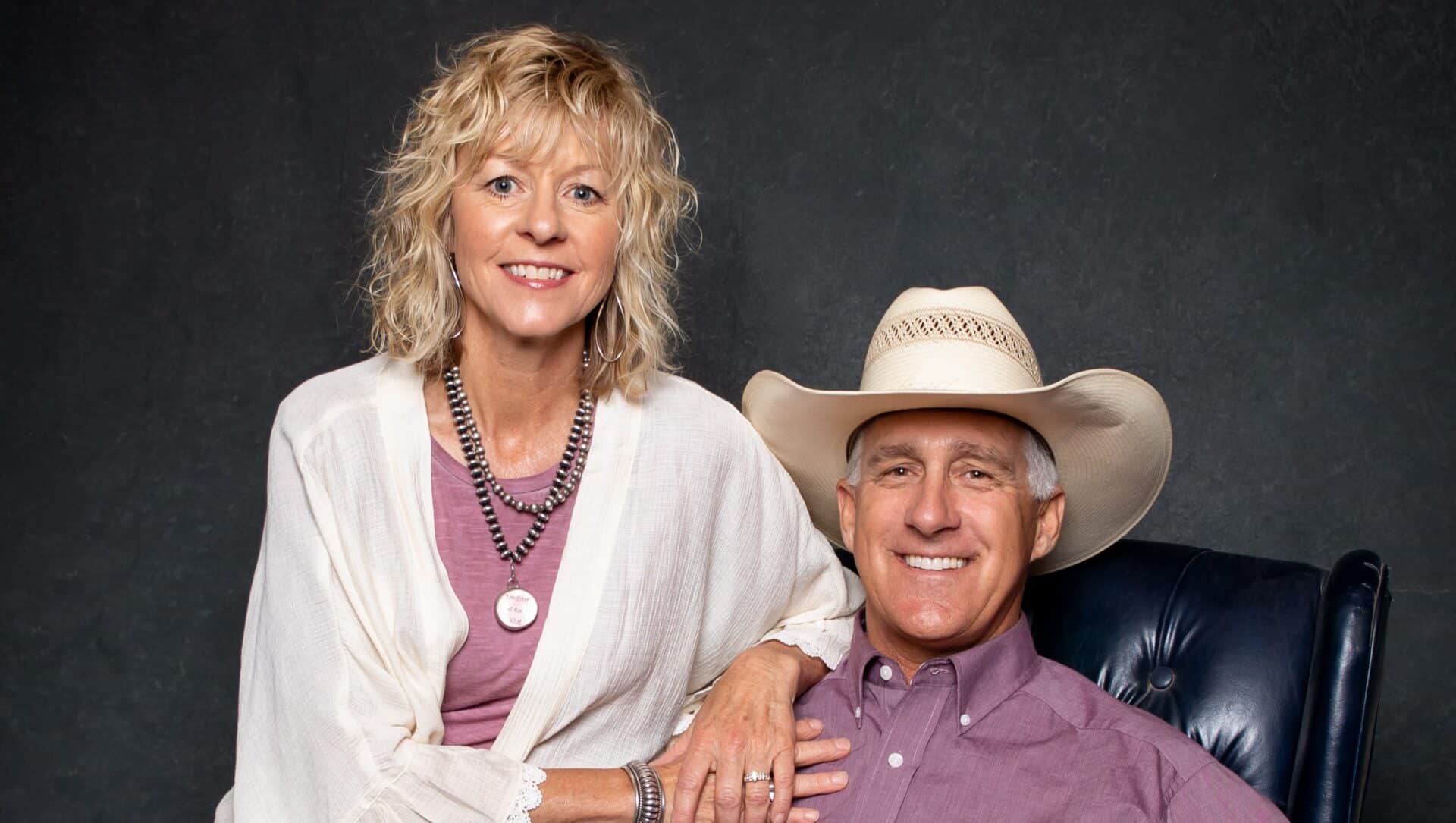
Graze Better With Riomax
The Nebraska Sandhills come by their moniker honestly. In fact, when Mike Henderson’s great-great grandfather homesteaded in 1881 near the present-day town of Whitman, Nebraska, that was mostly what was there—sand and hills. “It’s pretty unique country,” Henderson says of the Sandhills. “We’re considered a high, arid, desert area,” about 3,500 feet above sea level. Henderson, his wife Tee Jay and their son Logan along with hired hands run around 1,000 cows. They manage around 15,000 acres on the home place and another 11,000 acres on a nearby place they call Petra.
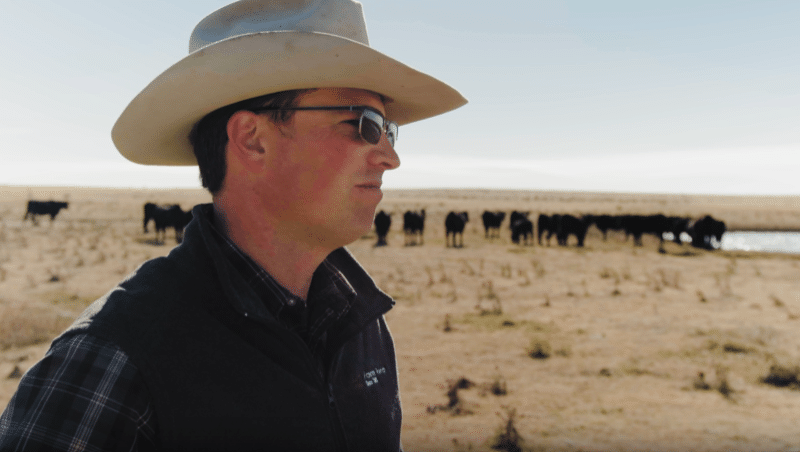
Holding On Through the Seasons
In the heart of New Mexico, Lance Vicente and his brother run a multi-generational ranch that’s weathered the test of time and harsh conditions. But when faced with drought and rising feed costs, Lance was skeptical of a new mineral program that promised to improve cattle health and ranch efficiency. In this video, Lance shares his journey from doubt to transformation, revealing how small changes have made a big impact on their cattle, pastures, and even their workload.



